What are the 7 groups of minerals?
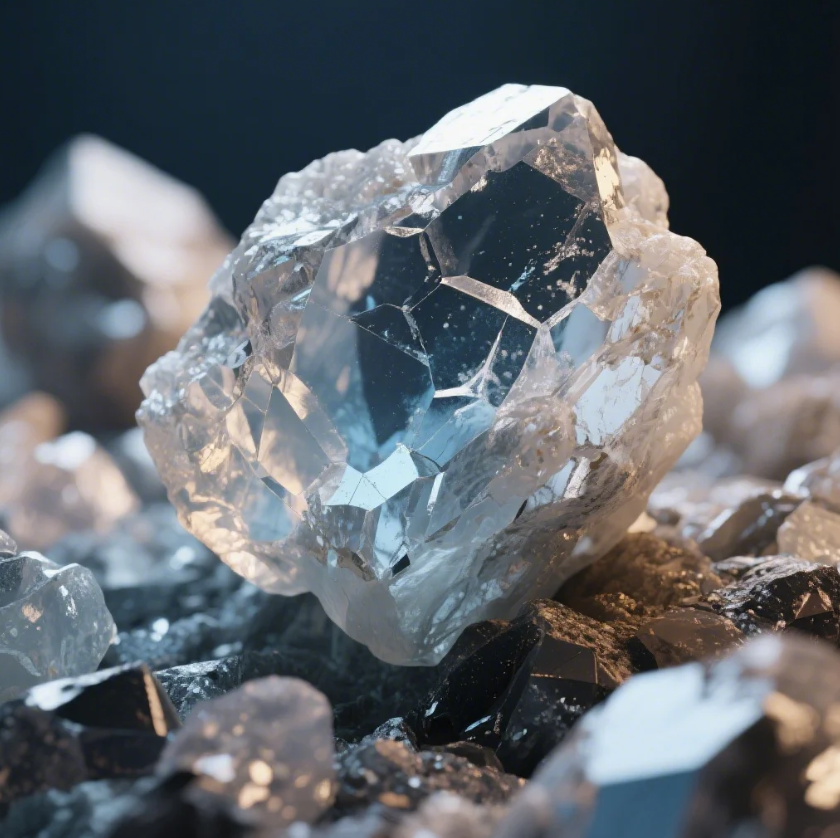
Minerals are classified into various groups based on their chemical composition and structure. But what exactly are the 7 groups of minerals, and why is it important to understand them? Let’s break it down.
Snippet paragraph: Minerals are divided into seven major groups based on their chemical composition. This classification helps us understand their properties, uses, and how they form in nature.
Transition paragraph: In this article, we’ll explore each of the seven major mineral groups and how they are used in different industries.
What are the 7 major mineral groups?
The seven major groups of minerals include silicates, carbonates, oxides, sulfides, halides, phosphates, and native elements. Each of these groups has distinct characteristics that make them valuable in different applications, from construction to technology.
Snippet paragraph: The seven major mineral groups—silicates, carbonates, oxides, sulfides, halides, phosphates, and native elements—are key to understanding mineral classification.
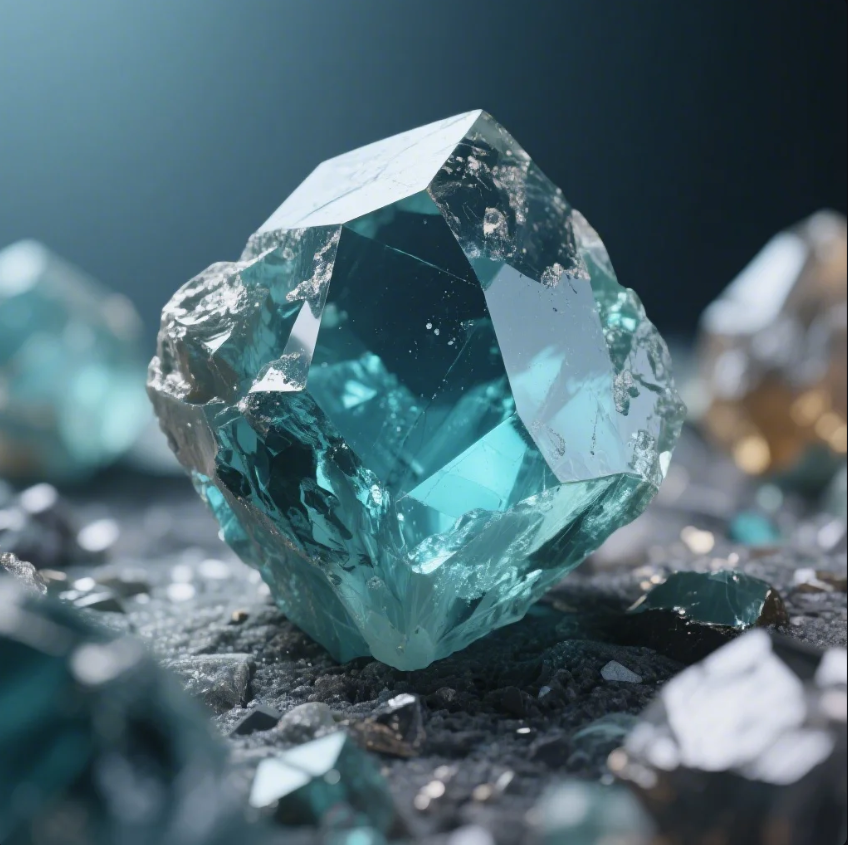
Dive-Deeper paragraph: The first group, silicates, includes minerals like quartz and feldspar. These minerals are composed of silicon and oxygen and are the most abundant minerals in the Earth's crust. They play a crucial role in the formation of rocks. Carbonates, such as calcite, contain carbonates ions. These minerals often form in aquatic environments and are important for the global carbon cycle. Oxides, like hematite, contain oxygen and metal elements and are vital as ores for metal extraction.
Moving to sulfides, minerals like pyrite belong to this group. They are composed of sulfur combined with metals and are commonly used in metal production. Halides, including halite (rock salt), are composed of halogen elements like chlorine or fluorine. These minerals are typically used in chemical industries. Phosphates, such as apatite, contain phosphorus and are important in fertilizers. Lastly, native elements consist of a single element, like gold or copper, that is found in its pure form in nature.
Table: The Seven Major Mineral Groups
| Mineral Group | Example | Composition | Key Uses |
|---|---|---|---|
| Silicates | Quartz, Feldspar | Silicon + Oxygen | Construction, electronics |
| Carbonates | Calcite | Carbonate Ions | Cement, glass, carbon cycle |
| Oxides | Hematite | Oxygen + Metal | Metal extraction, pigments |
| Sulfides | Pyrite | Sulfur + Metal | Metal production, industrial uses |
| Halides | Halite | Halogen Elements (Cl, F) | Chemical industry, food preservation |
| Phosphates | Apatite | Phosphorus | Fertilizers, agriculture |
| Native Elements | Gold, Copper | Pure Element | Jewelry, electronics, electrical uses |
What are the 7 major minerals?
The term “7 major minerals” often refers to the key minerals that are vital to life. These are minerals like calcium, potassium, magnesium, iron, sodium, zinc, and phosphorus. While these minerals are not necessarily classified in the same way as the groups of minerals, they play essential roles in biological processes.
Snippet paragraph: The seven major minerals essential for human health include calcium, potassium, magnesium, and others, each playing a vital role in the body.
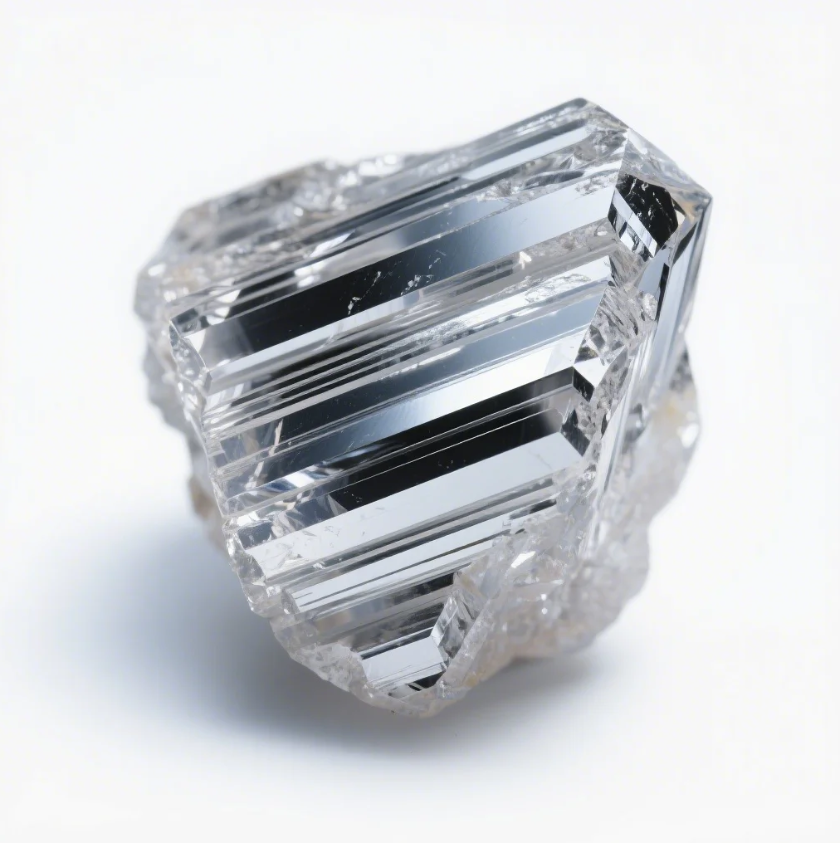
Dive-Deeper paragraph: Calcium is crucial for bone health, nerve function, and muscle contraction. Potassium helps regulate fluid balance, muscle contractions, and nerve signals. Magnesium is involved in more than 300 biochemical reactions in the body, including energy production and muscle function. Iron is essential for the formation of hemoglobin, which carries oxygen in the blood. Sodium helps regulate blood pressure and fluid balance. Zinc plays a key role in immune function, protein synthesis, and wound healing. Finally, phosphorus is a component of DNA, RNA, and ATP, making it essential for cell function.
Table: The Seven Major Minerals for Human Health
| Mineral | Function | Source |
|---|---|---|
| Calcium | Bone health, muscle function | Dairy products, leafy greens |
| Potassium | Fluid balance, nerve signals | Bananas, potatoes, spinach |
| Magnesium | Enzyme reactions, muscle function | Nuts, seeds, whole grains |
| Iron | Oxygen transport, red blood cells | Red meat, spinach, beans |
| Sodium | Fluid balance, blood pressure regulation | Salt, processed foods |
| Zinc | Immune system, wound healing | Meat, shellfish, legumes |
| Phosphorus | DNA, cell function, energy production | Meat, dairy, nuts, beans |
What are the 7 major classifications of minerals?
Minerals are typically classified into seven major groups based on their chemical composition. This classification system helps geologists and mineralogists study and understand how minerals form and behave in nature.
Snippet paragraph: The seven classifications of minerals are essential for understanding their properties, formation, and uses.
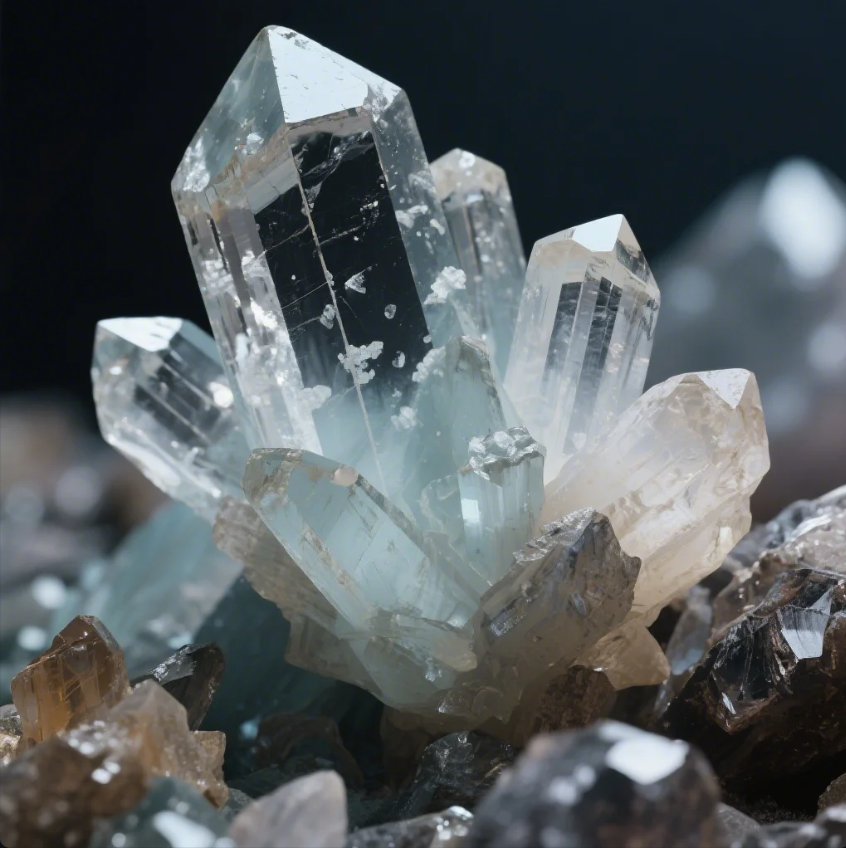
Dive-Deeper paragraph: Silicates, which make up the largest portion of Earth's crust, include minerals like quartz, mica, and feldspar. These minerals are essential in the formation of rocks like granite and basalt. Carbonates are composed of carbon and oxygen and include minerals such as calcite and dolomite. These are often found in sedimentary rocks and are important in industries like cement manufacturing. Oxides are minerals that contain oxygen and metals, such as hematite and magnetite. These minerals are important as sources of iron and other metals.
Sulfides contain sulfur and metals, like pyrite, and are key ores for extracting metals. Halides, such as halite and fluorite, are minerals that contain halogen elements like chlorine or fluorine. These minerals have important industrial uses. Phosphates, such as apatite, are used in fertilizers and other agricultural applications. Native elements, like gold and copper, consist of a single element in its pure form and are often used in jewelry, electronics, and electrical applications.
Table: Seven Major Classifications of Minerals
| Classification | Example | Chemical Composition | Industrial Use |
|---|---|---|---|
| Silicates | Quartz, Feldspar | Silicon + Oxygen | Electronics, glass, ceramics |
| Carbonates | Calcite | Carbonate Ions | Cement, lime, construction |
| Oxides | Hematite | Oxygen + Metal | Iron ore, pigments, metallurgy |
| Sulfides | Pyrite | Sulfur + Metal | Metal extraction, industrial processes |
| Halides | Halite | Halogen Elements (Cl, F) | Chemical industry, food preservation |
| Phosphates | Apatite | Phosphorus | Fertilizers, agriculture |
| Native Elements | Gold, Copper | Pure Element | Jewelry, electrical components |
What are minerals 7?
In some contexts, "minerals 7" can refer to the seven key groups of minerals, as outlined earlier. Understanding these groups helps to categorize minerals based on their chemical makeup and behavior in the environment.
Snippet paragraph: "Minerals 7" typically refers to the seven major groups of minerals, each with distinct characteristics and uses.
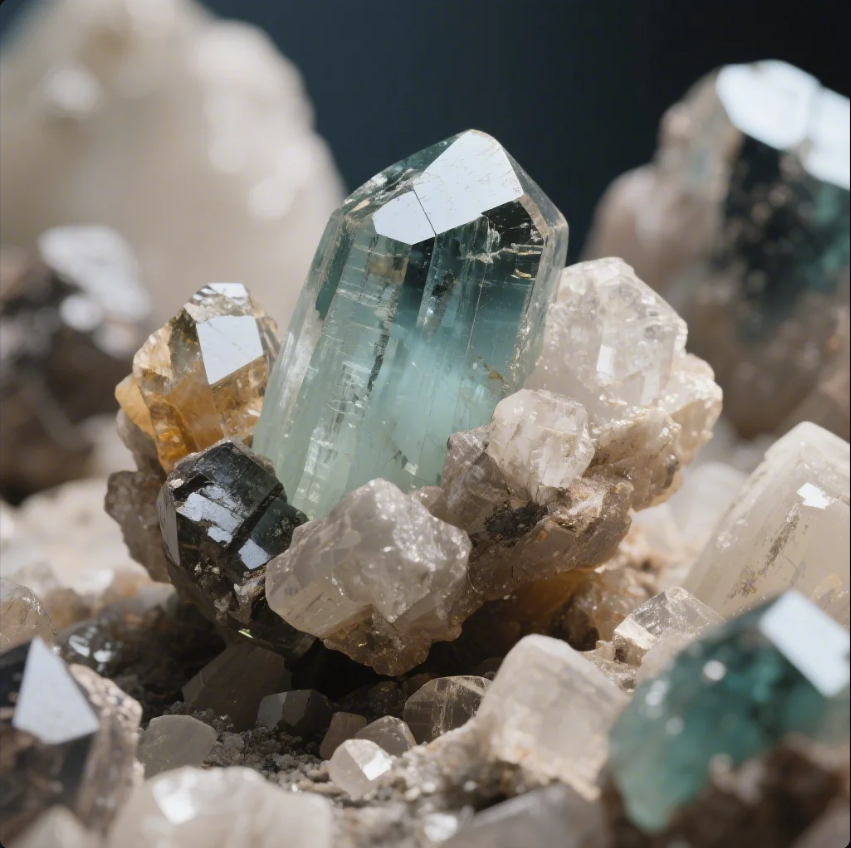
Dive-Deeper paragraph: The classification of minerals into seven major groups is vital for the study of geology and mineralogy. Each group has its own unique set of properties that make it useful in various industries. For example, silicates are used extensively in construction due to their abundance and durability, while carbonates are crucial in the production of cement. Oxides and sulfides are important sources of metals, while halides have chemical and industrial applications. Phosphates play an essential role in agriculture, and native elements like gold and copper are used in high-value industries like electronics and jewelry.
Table: Summary of "Minerals 7" Groups
| Mineral Group | Example | Key Features |
|---|---|---|
| Silicates | Quartz | Most abundant, essential for construction |
| Carbonates | Calcite | Vital for cement, glass, and building materials |
| Oxides | Hematite | Source of metals like iron |
| Sulfides | Pyrite | Important in metal extraction |
| Halides | Halite | Chemical industry, food preservation |
| Phosphates | Apatite | Essential in fertilizers |
| Native Elements | Gold, Copper | Pure form, used in electronics and jewelry |
Conclusion
The seven major groups of minerals are essential for understanding the Earth’s geological processes and how minerals are used in various industries. From silicates that form the bulk of the Earth's crust to native elements that are valuable in electronics and jewelry, each group has distinct characteristics that define its role in nature. Understanding these groups will help businesses source the right minerals for their needs, whether in construction, agriculture, or technology. If you’re looking for high-quality minerals for industrial use, don’t hesitate to reach out to a reliable supplier with deep expertise. At Shandong Prime International Trade Co., Ltd., we provide premium, customizable mineral products that meet global standards.







